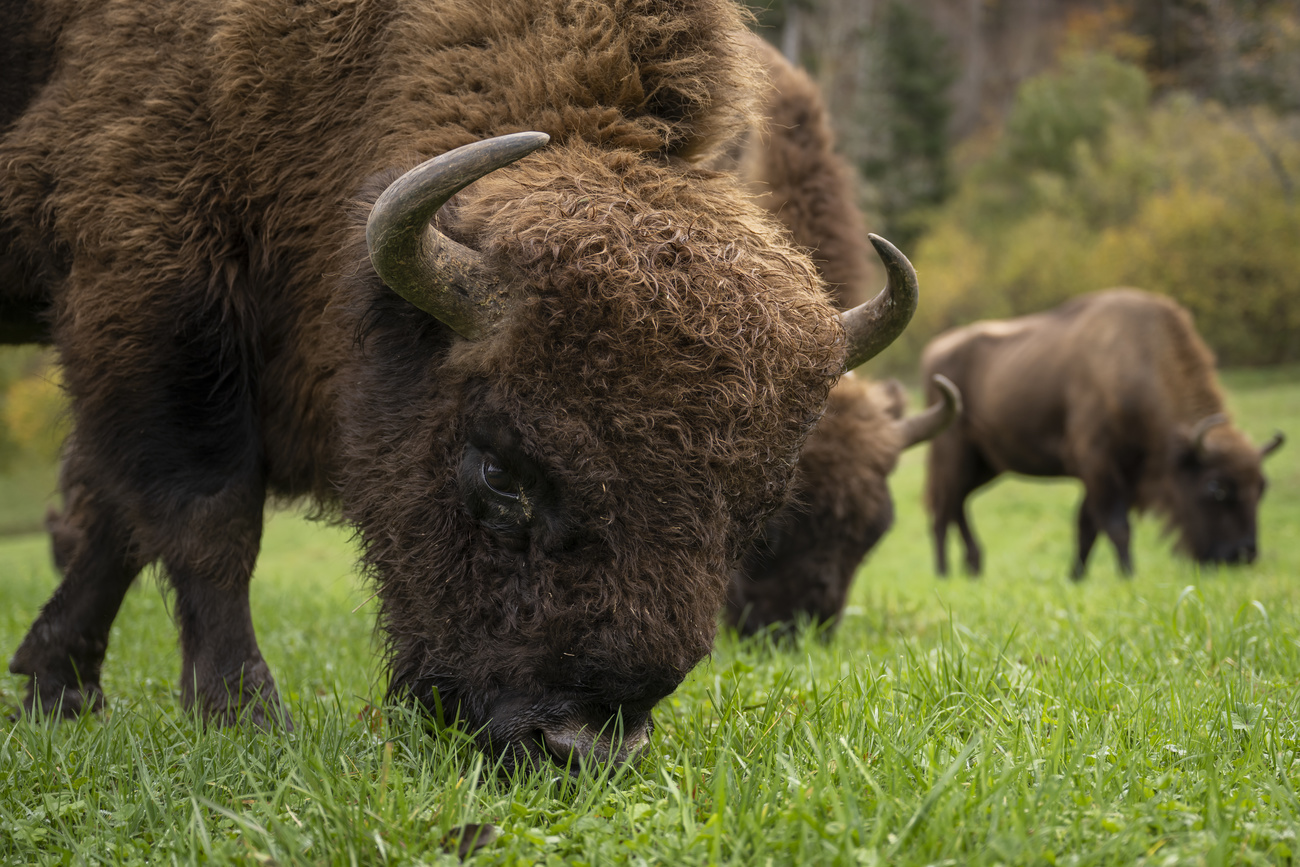
Switzerland needs to redraw map of Alpine protection zones

Switzerland must redraw its map of protected nature zones to keep up with plants that are being forced by climate change to migrate to different regions.
The criterion for protecting biodiversity is shifting accordingly, according to an international research team led by Switzerland, which published a study in the journal “Nature Ecology & Evolution”.
+ Nature parks oasis of Swiss-EU cooperation
Researchers found the largest gaps in the Alpine protection mosaic in Switzerland, as reported by the Swiss Federal Institute for Forest, Snow and Landscape Research (WSL) on Monday.
“According to our simulations, Switzerland should establish the most new areas across the entire altitudinal gradient, as we have the least of them overall compared to our neighbours,” WSL ecologist Yohann Chauvier-Mendes said.
The Alps are particularly important for the protection of biodiversity, the researchers emphasised in the study. They are home to 4,500 plant species alone, not counting mosses. Some 400 of these plants live exclusively in the Alps.
For the study, which was jointly led by WSL and the Swiss Federal Institute of Technology in Zurich (ETH Zurich), the researchers analysed where new protected areas are needed in the Alpine region in addition to the existing ones to protect biodiversity in 2050 and 2080.
The researchers drew up distribution maps for individual plant species – for today, for 2050 and for 2080 – and entered existing protected areas into these maps. They used nature conservation planning simulations to determine where nature conservation areas would best exist.
While Switzerland lacks protected areas across all altitudes according to the analysis, in the other countries it is mainly certain altitudes that require more protected areas. For example, the medium altitudes in Austria and the valleys in France and Germany.
According to the study, only 2% of the existing mosaic of protected areas in the seven Alpine countries is located in Switzerland. However, there are a number of areas in this country that are protected but do not correspond to the World Conservation Union (IUCN) categories I and II analysed in the study, as the WSL admitted.

More
Will a project to reintroduce European bison into Swiss forests work?
This news story has been written and carefully fact-checked by an external editorial team. At SWI swissinfo.ch we select the most relevant news for an international audience and use automatic translation tools such as DeepL to translate it into English. Providing you with automatically translated news gives us the time to write more in-depth articles. You can find them here.
If you want to know more about how we work, have a look here, and if you have feedback on this news story please write to english@swissinfo.ch.

In compliance with the JTI standards
More: SWI swissinfo.ch certified by the Journalism Trust Initiative
















![The four-metre-long painting "Sonntag der Bergbauern" [Sunday of the Mountain Farmers, 1923-24/26] had to be removed by a crane from the German Chancellery in Berlin for the exhibition in Bern.](https://www.swissinfo.ch/content/wp-content/uploads/sites/13/2025/12/01_Pressebild_KirchnerxKirchner.jpg?ver=a45b19f3)











You can find an overview of ongoing debates with our journalists here . Please join us!
If you want to start a conversation about a topic raised in this article or want to report factual errors, email us at english@swissinfo.ch.